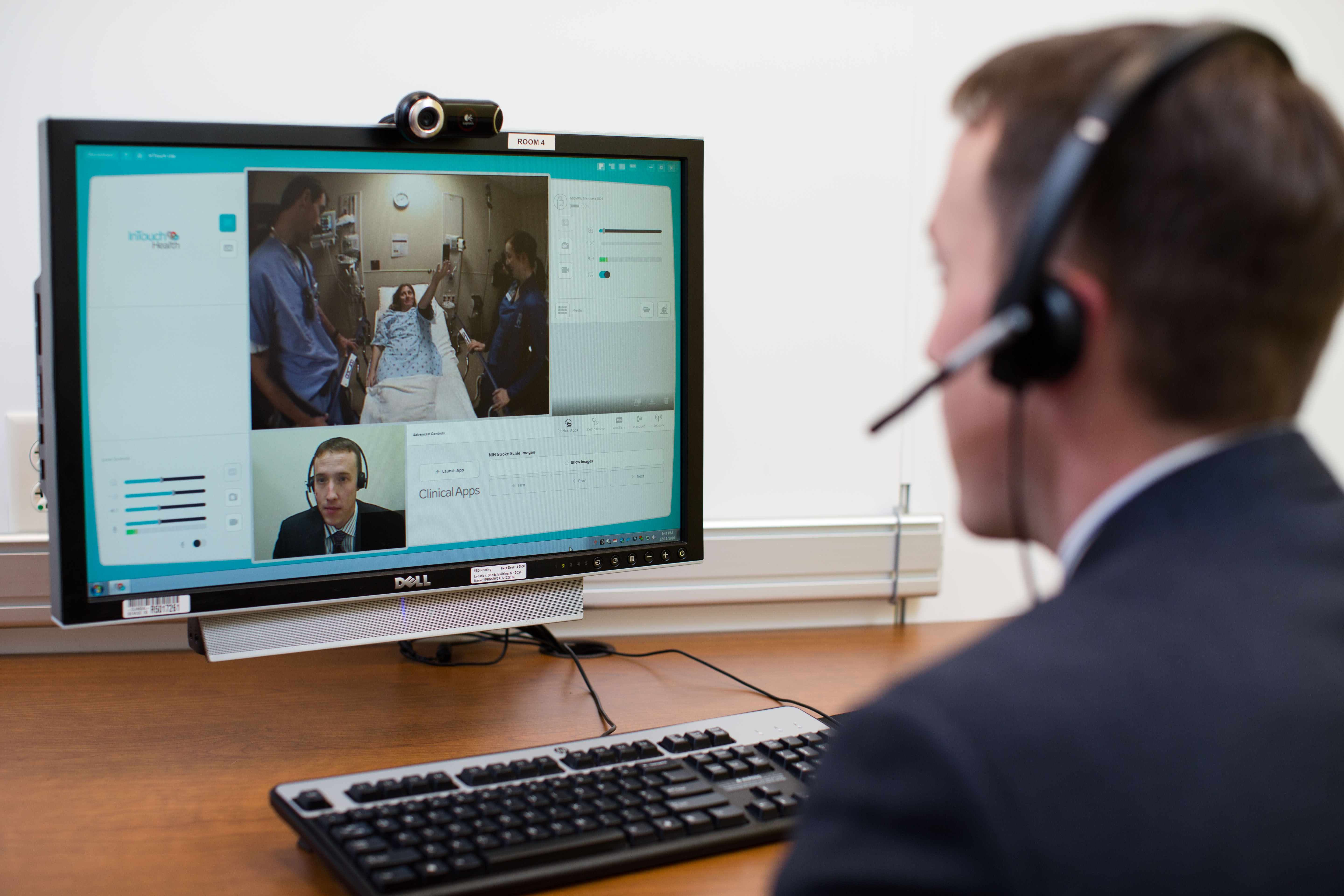-
New study identifies way to treat sports-related concussions using telemedicine
SCOTTSDALE, Ariz. — An estimated 1.6 to 3.8 million traumatic brain injuries occur every year, according to the Centers for Disease Control and Prevention. More than 75 percent of the injuries are sports-related mild traumatic brain injuries or concussions.
While this issue is being recognized at the professional and elite levels, many youth and collegiate athletic programs across the U.S. lack the adequate medical personnel, specifically concussion specialists, to handle these injuries on the sidelines in real time.
Doctors at Mayo Clinic, in collaboration with the Northern Arizona University football team, conducted a study, Feasibility and Accuracy of Teleconcussion for Acute Evaluation of Suspected Concussion, which was recently published in the journal Neurology. The study, funded by Mayo Clinic, focuses on concussion specialists using telemedicine technology to determine if a player needs to be removed from play in real time.
“Telemedicine has been shown to be a safe and effective means to evaluate and treat numerous acute neurologic conditions, including stroke,” says Amaal Starling, M.D., neurologist and concussion expert at Mayo Clinic. “Now, doctors are starting to explore using telemedicine to manage concussions.”
Dr. Starling and Bert Vargas, M.D., director of the concussion program at UT Southwestern Medical Center, evaluated 11 consecutive male collegiate football players who suffered from a suspected concussion over two football seasons. All athletes received face-to-face baseline examination scores, including a symptom severity checklist, Standardized Assessment of Concussion, King-Devick test, and modified Balance Error Scoring System.
In total, 123 athletes were enrolled in the study, 50 of whom participated through two seasons.
During two football seasons, athletes with suspected concussions were evaluated in person by Northern Arizona University medical personnel and certified athletic trainers. Simultaneously, Dr. Vargas or Dr. Starling would perform a concussion examination via a telemedicine robot.
“During the remote examination, we had the ability to ask additional questions and repeat any portion of the physical evaluation,” says Dr. Vargas. “The decision as to whether or not the athlete should be removed from play was made by both the athletic trainer and neurologist.”
Both physicians had high agreement with the evaluation scoring and 100 percent agreement of the most important decision — removal from play. This suggests neurologists may be able to use telemedicine to manage concussions, make removal from play decisions, and close the gaps in medical care by providing all collegiate and youth athletes similar concussion care as professional athletes receive.
For more information on Feasibility and Accuracy of Teleconcussion for Acute Evaluation of Suspected Concussion, visit Neurology.
Mayo Clinic’s team-based, patient-centered research brings together renowned physicians, researchers and scientists to develop or provide the latest technologies and treatments to address unmet patient needs.
###
About Mayo Clinic
Mayo Clinic is a nonprofit organization committed to clinical practice, education and research, providing expert, whole-person care to everyone who needs healing. For more information, visit mayoclinic.org/about-mayo-clinic or newsnetwork.mayoclinic.org.
MEDIA CONTACT
Jim McVeigh, Mayo Clinic Public Affairs, 480-301-4222, mcveigh.jim@mayo.edu








